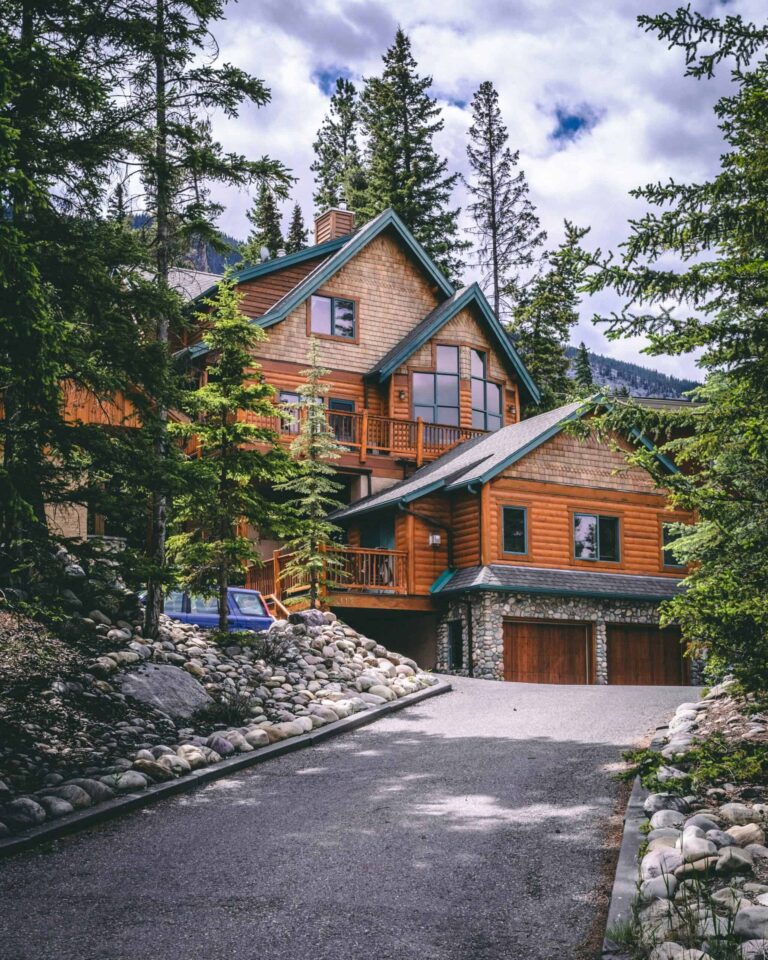How to Buy Land: A Complete Guide to Smart Land Ownership (2025)


Introduction
Buying land is one of those big dreams many people have—whether it’s building a home, starting a farm, investing in the future, or simply having a private getaway. But once you start the process, it quickly becomes clear that it isn’t as simple as pointing to a plot and saying, “I’ll take it.” From zoning laws and soil quality to access and financing, there are many moving parts that can make or break your land-buying experience.
This guide walks you through every stage of the land-buying journey. You’ll learn how to identify the right type of land, how to evaluate its suitability, avoid common pitfalls, and make smart decisions from start to finish.
What Makes Buying Land Different
Buying land is not the same as buying a home. One major difference is financing. Land is often considered riskier by lenders, leading to higher interest rates and larger down payments. Raw land, in particular, can be tricky to finance.
Another major consideration is infrastructure. When buying a home, unless its an off-grid property, you have utilities like water, electricity, and septic systems already in place. With raw land, you may be responsible for setting these up—which can be expensive and time-consuming. Pay close attention to the listing as it will list what the buyer is responsible for. If the buyer needs to obtain these utilities there will be a line that says, well, septic, electricity in area, electricity to lot, etc…
Legal access is also critical. Do not assume that a property comes with a legal right-of-way just because there’s a path or driveway leading to it. Just in the last 6 months I have come across two properties… one in Bozeman and one in Greycliff, Montana with questionable legal access. In one case the driveway was not located at the legal access point, so the buyer had to get an easement from the neighbor or put in a new driveway. Since they were dealing with large plots of land, the buyer and the neighbor decided to do a land swap and redo the boundary lines to their properties. The neighbor received an extra acre of land, and the buyer now does not have to put in a new driveway. Win-win. The ability to think of creative solutions will always come in handy in real estate.
Finally, zoning laws, deed restrictions, topography, and environmental regulations can significantly impact what you’re allowed to do on the land. Understanding these constraints early on is essential.
Types of Land You Can Buy
Not all land is created equal. The type of land you buy should align with your goals:
- Raw Land: Undeveloped and untouched. Cheapest, but requires the most work.
- Improved Land: Has some developments like access roads or utility hookups.
- Agricultural Land: Zoned for farming, ranching, or grazing.
- Residential Land: Zoned for building homes.
- Commercial Land: Meant for businesses or commercial structures.
- Recreational Land: Used for outdoor activities like camping, hunting, or off-roading.
Knowing the land type helps you anticipate costs and legal considerations. For example, if you want to farm, soil quality and water rights matter. For residential use, zoning and access to utilities are key.
The Land Buying Process – Step by Step
Step 1: Define Your Goals and Budget Start by clarifying why you’re buying land. Is it for building, investment, farming, or recreation? Your purpose will determine your search criteria and budget. Don’t forget to factor in costs beyond the purchase price, such as surveys, utility setup, permits, and future construction.
Step 2: Start Your Search Search online through real estate sites, county records, auction listings, and government-owned property databases like realestatesales.gov. Real estate agents who specialize in land can also be incredibly helpful.
Step 3: Evaluate the Land Once you find a promising piece of land, assess its:
- Zoning laws to understand what you can legally do.
- Legal and physical access. Don’t assume it’s accessible just because there’s a path.
- Utility availability like water, electricity, internet, and septic.
- Topography to see if it’s buildable or too steep.
- Environmental concerns like flood zones, soil quality, or protected habitats.
Also, check if a perc test is required for septic and review the area’s general plan for future development.
Step 4: Make an Offer and Negotiate Use recent comparable land sales to determine a fair offer. Don’t be afraid to negotiate, especially if the property needs work or has issues. Many buyers walk away too quickly without making an offer—remember, it never hurts to try. You will have an inspection period you can set to two weeks or a month (whatever makes sense based on the property) If you are serious about the property get it under contract! Especially if the market is competitive. Then you can do more due diligence.
Step 5: Now that you are in the inspection period… if there is anything unclear get a Land Survey. Hire a licensed surveyor to confirm property boundaries and identify any easements, encroachments, or access issues. This is critical to avoid future disputes.
Step 6: Secure Financing Unless you’re paying in cash, you will need a land loan. These often require a higher credit score (high 600s to low 700s) and larger down payments (20%-50%). Shop around—credit unions sometimes offer favorable terms.
| Loan Type | Pros | Cons |
|---|---|---|
| Land Loan | Designed for land purchases | Higher interest and down payments |
| Equity Loan | Use equity from another property | Risk if unable to repay |
| Personal Loan | Easier to qualify | Often smaller and higher interest |
Step 7: Close the Deal At closing, you’ll sign paperwork, transfer funds, and finalize the sale. It’s wise to have a real estate attorney review the purchase agreement to ensure your interests are protected.
Section 4: Common Pitfalls to Avoid
- Legal Access Issues: Lack of legal access can make land unusable. Always verify with a title company.
- Environmental Hazards: Check for flood zones, landslide risk, or contamination. Order environmental tests if needed.
- Utility Challenges: If the land is off-grid, expect to pay for drilling wells, installing septic systems, or running electrical lines.
- Zoning Restrictions: Always confirm zoning laws match your intended use. Contact the local planning office or consult a land-savvy attorney.
Section 5: Tips for a Smart Purchase
- Hire Professionals: A good agent and a real estate attorney can save you time and money.
- Get It in Writing: From easements to purchase terms, document everything.
- Scout the Property: Visit multiple times, at different hours if time allows.
- Talk to Neighbors: They may share useful insights on the area.
- Prepare to Act Fast: In extremely competitive markets like Bozeman or Livingston, being ready can make all the difference.
Section 6: FAQs About Buying Land
Is buying land a good investment? Yes—if you have a clear plan. Land can appreciate and offer flexibility, but it requires careful planning and development.
Is buying land in Montana worth it? It depends. Montana offers beauty and space, but zoning laws, wildfire risk, and development costs vary widely. Do your homework.
What are the downsides?
- Difficult financing
- Expensive development costs
- Environmental or legal constraints
- Property taxes with no immediate return
How much should I save? Aim for:
- 20%-50% down payment
- 2%-5% in closing costs
- Budget for surveys, utilities, and a financial cushion for surprises
Conclusion
Buying land is more than just a transaction—it’s a long-term commitment and a path to freedom, creativity, and ownership. While it comes with unique challenges, informed buyers can navigate the journey with confidence. By doing your due diligence, leaning on expert guidance, and staying patient yet prepared, you can turn a piece of raw earth into something truly yours.
The dream is within reach. Now you have the roadmap to make it real.







